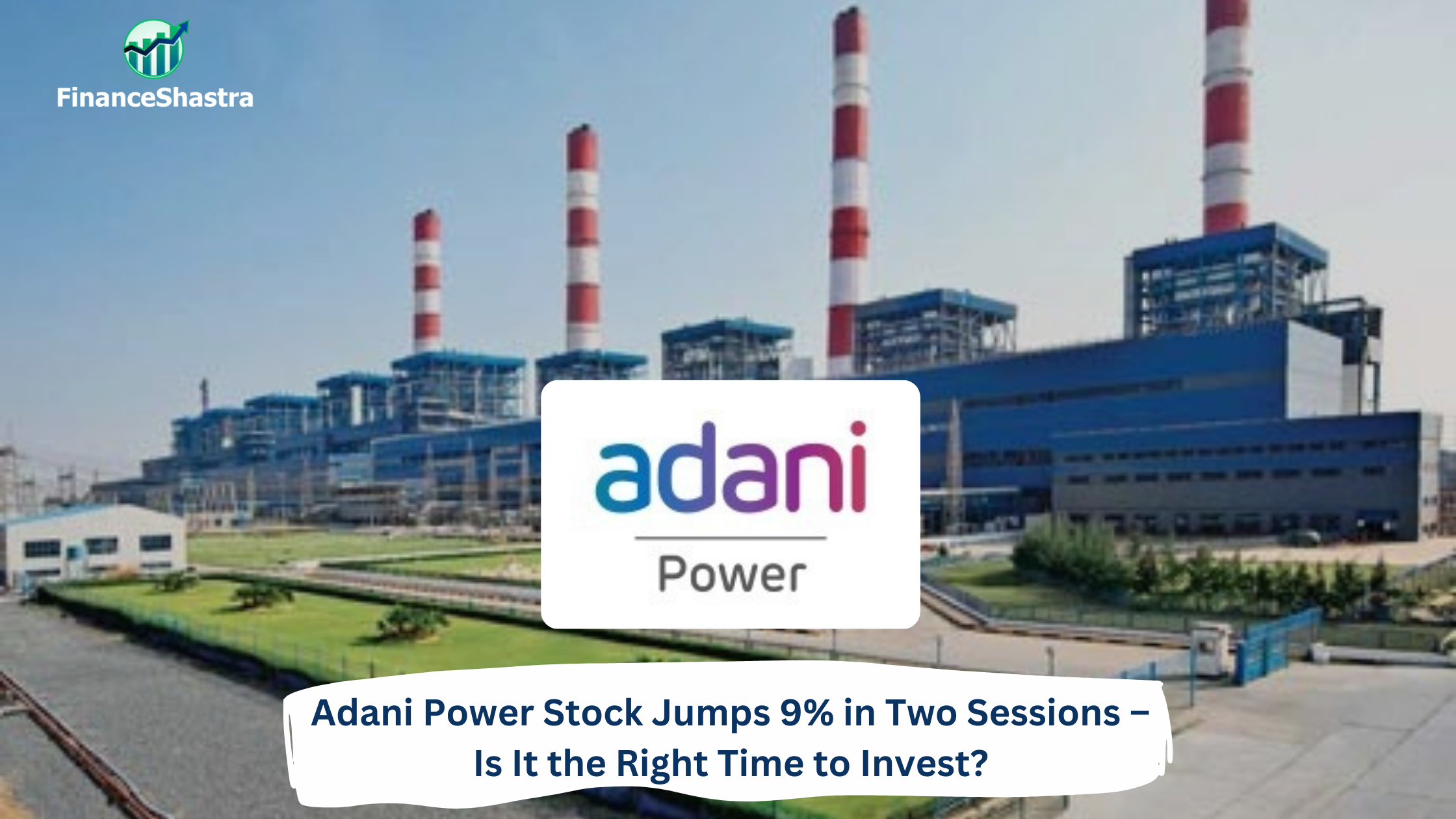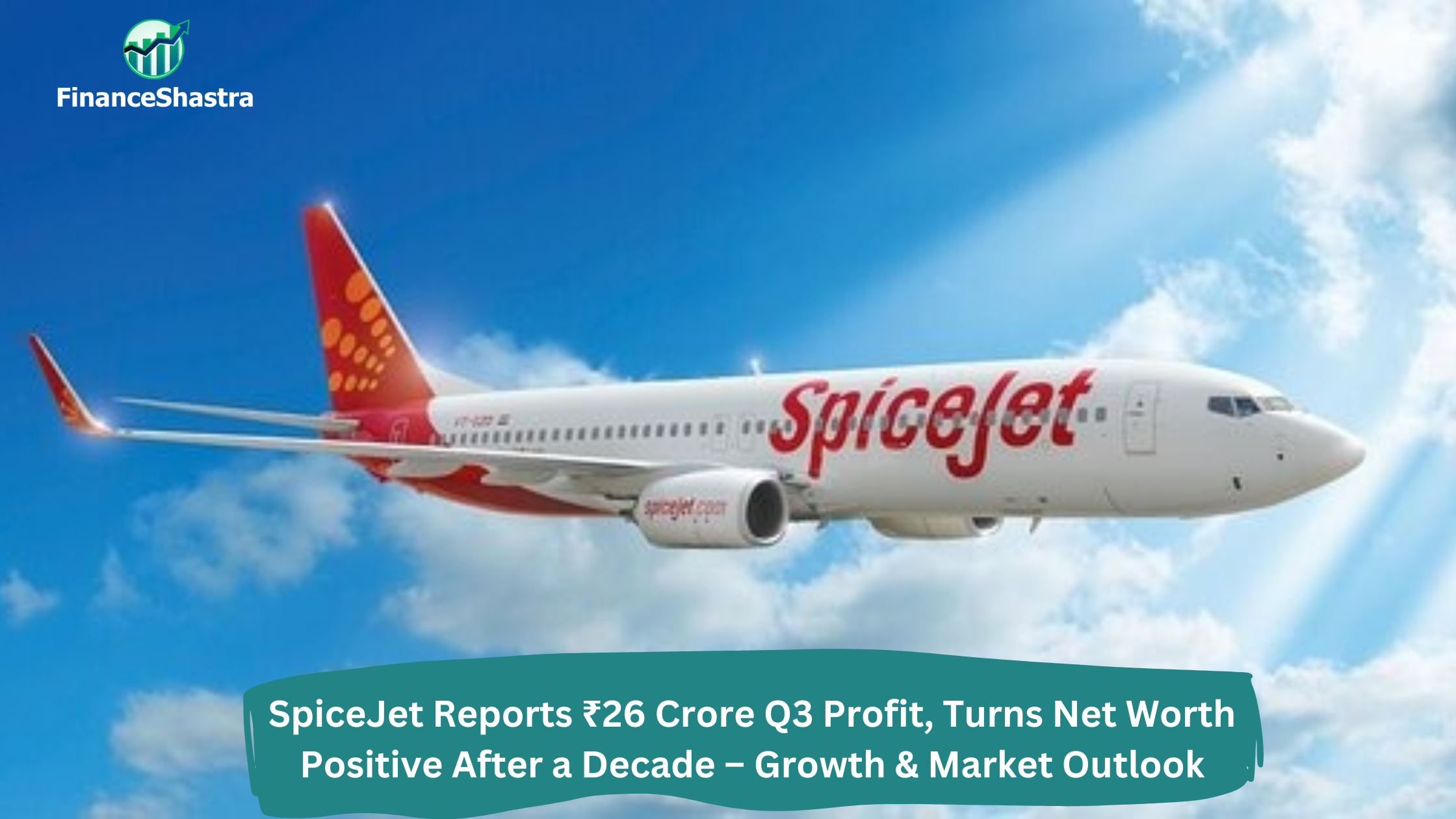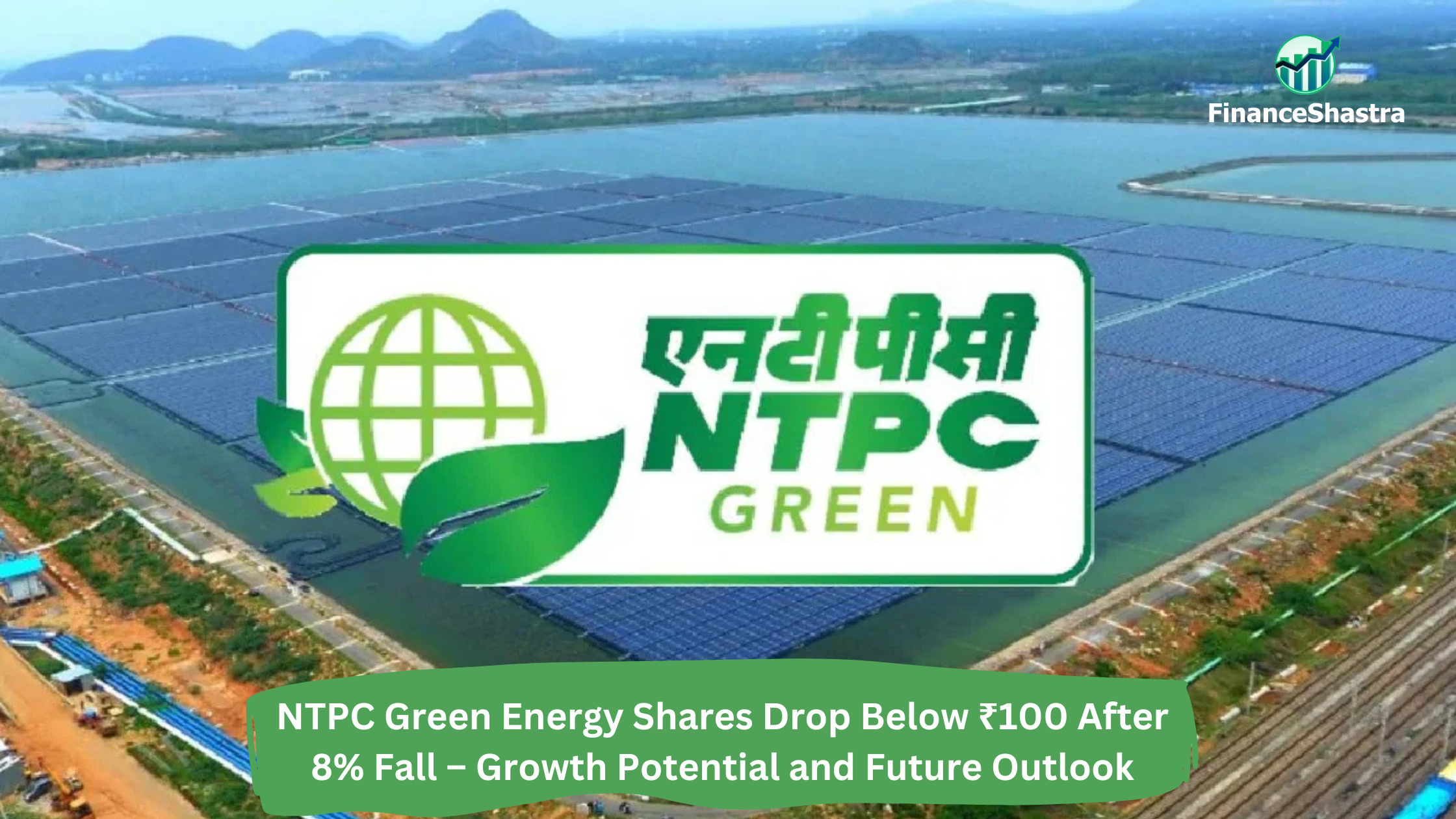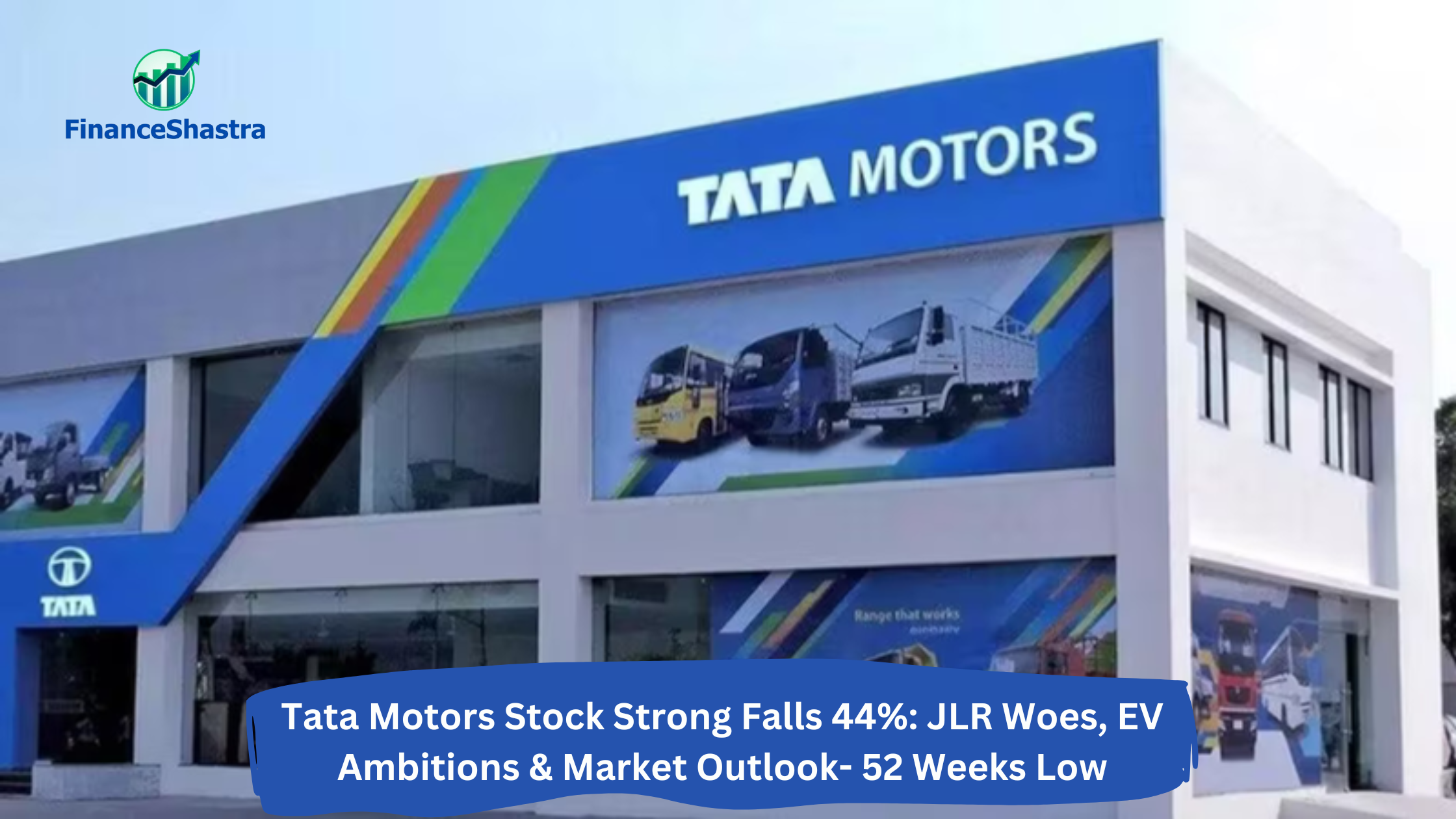Medico Remedies Ltd Stock Plunges 31% – Is It a Buying Opportunity or a Value Trap?
Business and Industry Overview:
Medico Remedies Ltd (MRL) is a company that makes and sells medicines. It started in 1994 and mainly makes medicines for bacterial infections. The company also makes antibiotics, painkillers, diabetes medicines, heart medicines, antifungal and antimalarial drugs, anti-ulcer medicines, antacids, and vitamins. It also makes creams, gels, syrups, and other medicines for different health problems. The company has a factory in Palghar, where it produces 122.6 million tablets, 36 million capsules, and 0.12 metric tons of dry syrup every month. It uses good-quality ingredients from trusted suppliers to make safe and effective medicines. Harshit Mehta is the Managing Director of Medico Remedies Ltd. He studied pharmacy at the University of Mumbai and also studied family business management at S P Jain Institute in Mumbai. In the third quarter of 2024-2025, the company’s profit grew by 80.69% compared to the same time last year.
On May 26, 2022, the company moved from a smaller stock market (BSE SME) to a bigger one (BSE and NSE). In 2021, it gave extra shares to investors in a 3:1 ratio and increased its share capital from ₹4.5 crore to ₹17 crore. In 2023, it split one ₹10 share into five ₹2 shares. In 2022, 93% of the company’s money came from selling its own medicines, 3% from selling other goods, and the rest from labor charges, DEPB license transfers, and other income. The company sells its medicines in many countries, including the Dominican Republic (26%), Honduras (20%), Nigeria (12%), the Philippines (8%), Iraq (6%), Mali (6%), Myanmar (6%), and Kenya (4%).
India’s pharmaceutical industry was worth $42 billion in 2021 and may grow to $130 billion by 2030. India makes the most generic medicines in the world and supplies 60% of all vaccines. Many countries like the US, UK, Canada, and Europe buy medicines from India. In 2023, India’s domestic market was $41 billion, and exports made $25.3 billion. India has 670 US-approved medicine factories, the most outside the US. Major medicine hubs include Mumbai, Hyderabad, Bangalore, and Ahmedabad. The government helps medicine companies by giving money and tax benefits. In 2020, the PLI Scheme gave $2 billion to help Indian companies make better medicines. India is also making more of its own raw materials to depend less on China. Foreign companies can invest fully in new medicine businesses. India’s biotech industry is also growing fast. It made $1.8 billion in 2009-10 and is expected to grow more. With government support, new investments, and low-cost medicines, India’s pharma industry will keep growing.
Medico Remedies Ltd is a mid-sized pharmaceutical company in India. It makes generic medicines for pain, allergies, diabetes, and more. The company has a WHO-GMP approved factory, which means it follows high-quality standards. It mainly sells in India but also exports some products. Its market value is smaller than big pharma companies, but it is known for quality and affordable medicines.
Latest Stock News:
Medico Remedies Ltd’s stock fell by 19.99% to ₹50.7. It was the biggest loser in the BSE ‘B’ group. More shares were traded than usual. In the last month, the stock dropped 31%, and in the past year, it fell 42%. Even after this drop, the stock’s P/E ratio is 47.5x, which is higher than most Indian companies with a P/E below 25x. The company’s earnings are growing, so some investors expect good performance in the future. But if that doesn’t happen, investors may worry about the stock price.
Potentials:
Medico Remedies Ltd wants to grow by making good-quality, affordable medicines. The company plans to make more types of medicines for different health problems. It may increase production to make more medicines. It also wants to sell in more countries, which can help it earn more money. The company follows strict quality rules, so more people may trust its products. But there is a lot of competition, and its stock price goes up and down. If it manages money well and grows carefully, it can become a stronger company in the future.
Analyst Insights:
- Market capitalisation: ₹ 469 Cr.
- Current Price: ₹ 56.7
- 52-Week High/Low:₹ 90.0 / 34.8
- P/E Ratio: 53.0
- Dividend Yield:0.00 %
- Return on Capital Employed (ROCE): 21.3 %
- Return on Equity (ROE): 17.2 %
Medico Remedies has grown its profits well, but its sales growth is slow. The stock price is high compared to earnings and book value, making it expensive. Even though the company makes profits, it does not pay dividends. Promoters have reduced their stake, which may be a concern. Customers are taking longer to pay, affecting cash flow. There are also signs that the company might be adjusting interest costs to look better. It may be better to wait before investing until the stock price drops or the company shows stronger growth.










